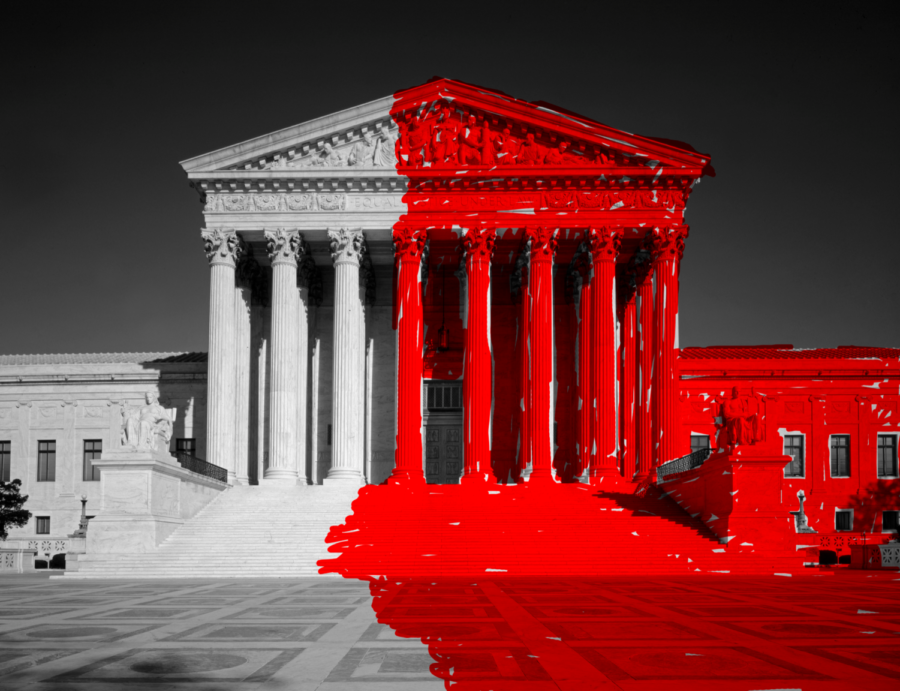The Lowdown on the Supreme Court and Justice Kavanaugh
Recently, the media has been flooded with headlines concerning the Supreme Court and the confirmation of Brett Kavanaugh, who is one of the new Associate Justices of the Supreme Court. With all the conflict and heat surrounding the Supreme Court and Brett Kavanaugh, one may feel overwhelmed. You may be asking yourself, “What is the Supreme Court and how does it work?” or more importantly, “How does this affect me?”. Well, if you recall, the United States has three branches of government, the legislative branch, the executive branch, and the judiciary branch. Simply put, the legislative branch makes laws, the executive branch enforces laws, and the judicial branch interprets laws. The judicial branch encompasses city, state, and regional courts. The Supreme Court is the highest court in the judicial branch and thus, the most powerful court in the United States. If lower level courts disagree on the decision of a case or disagree on whether a law is constitutional or not, the Supreme Court makes the final decision. The Supreme Court contains nine “Justices”, or judges, who are appointed by the President and are approved by the Senate and who serve as Justices for life. The Supreme Court comes to a conclusion on a case or law when five out of nine Justice decide on a solution or outcome. On July 31, 2018, Anthony M. Kennedy, retired from his position as Justice of the Supreme Court after expressing that he intends to spend more time with his family. Justice Kennedy served on the Supreme Court for 30 years and was known as the “swing” vote amongst the polarized Justices. As previously mentioned, the majority vote, or five out of nine, is what determines the outcome of a case in the Supreme Court. During Justice Kennedy’s time on the court, the court consisted of four left-wing or liberal Justices and four right-wing or conservative Justices. However, Kennedy supported both liberal and conservative ideas, thus making him the “swing” vote. When Kennedy stepped down, Trump nominated Brett Kavanaugh, who has had many years of experience in government and law. His previous job was working on the U.S. Court of Appeals for the D.C. Circuit where he took part in more than 300 cases exhibiting consistent conservative views. Kavanaugh had a pretty good chance of taking the spot on the Supreme Court due to the fact that the current executive is a Republican President and the Senate contains a Republican majority. Shortly after it was announced that Kavanaugh was favored to take a spot on the highest court in the United States, multiple women came forward accusing Brett Kavanaugh of sexual assault in the past. Most notably was Dr. Christine Blasey Ford, who accused Kavanaugh of sexually assaulting her when she was 15 at a party in the early 1980s. After a long trial and FBI investigations, Brett Kavanaugh was deemed innocent and worthy to be on the Supreme Court, winning a Senate vote of 50-48.
Now, what exactly does this mean for the future of the Supreme Court? Well, Brett Kavanaugh is openly more conservative than Anthony Kennedy, the Justice he is replacing. This would alter the polarized court to a 5-4 conservative ratio, implying that votes and conclusions will be more conservative going forward. Though there may be controversy surrounding Kavanaugh, and it is uncertain what cases may arise, it is certain that these nine Justices are on the Supreme Court for a life term, and each holds one of the nine votes on the most powerful court in the United States. As far as the question what will they do with these votes, only time will tell.






